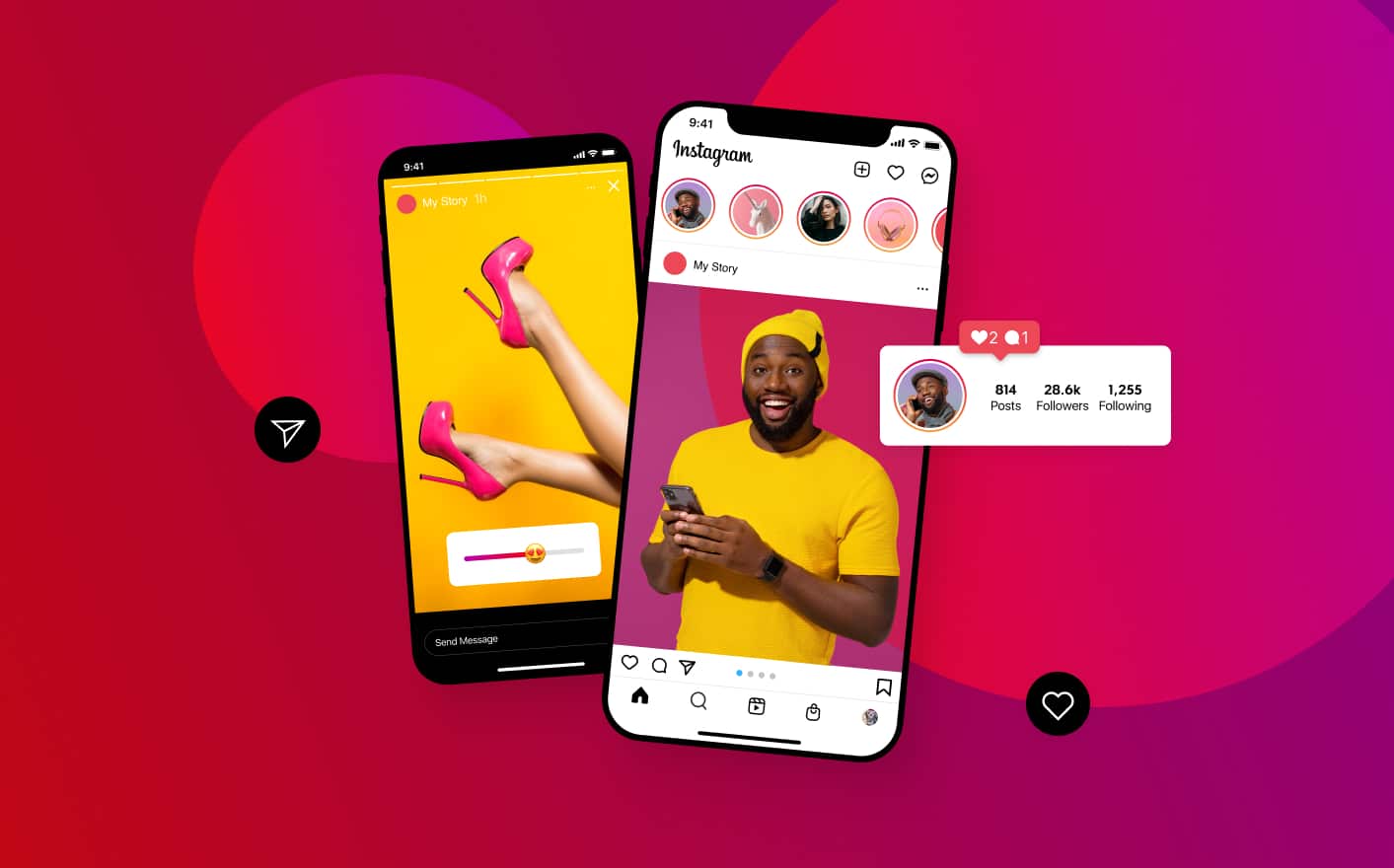Instagram Stories have become an essential tool for businesses looking to engage with their audience in a dynamic and interactive way. With over 500 million daily users, Instagram Stories offers a unique opportunity to showcase your brand, drive traffic, and increase sales. In this comprehensive guide, we’ll explore the importance of Instagram Stories for businesses and provide a step-by-step guide to creating engaging Stories.
The Importance of Instagram Stories for Businesses
- Increased Visibility
- Instagram Stories appear at the top of the feed, ensuring high visibility.
- Stories are discoverable through hashtags and location tags, reaching a broader audience.
- Enhanced Engagement
- Stories provide interactive features like polls, questions, and quizzes, fostering direct engagement with your audience.
- They create a sense of urgency with their 24-hour lifespan, encouraging immediate action.
- Showcase Products and Services
- Stories allow businesses to highlight products, services, and promotions in a visually appealing format.
- You can use Stories to demonstrate product features, share customer testimonials, and announce new launches.
- Drive Traffic and Conversions
- Businesses with over 10,000 followers can add swipe-up links to direct users to their website, blog, or product pages.
- Even without the swipe-up feature, you can use Stories to encourage followers to visit your profile link.
Step-by-Step Guide to Creating Engaging Instagram Stories
- Plan Your Content
- Define Your Goals: Determine what you want to achieve with your Stories (e.g., brand awareness, traffic, sales).
- Content Calendar: Create a content calendar to ensure consistent posting and variety in your Stories.
- Use High-Quality Visuals
- Photos and Videos: Use high-resolution photos and videos to capture attention.
- Consistency: Maintain a consistent style and theme that aligns with your brand identity.
- Utilize Interactive Features
- Polls and Questions: Engage your audience by asking questions and creating polls.
- Quizzes: Use quizzes to educate your audience about your products or industry.
- Swipe-Up Links: If you have the feature, add swipe-up links to drive traffic.
- Incorporate Hashtags and Location Tags
- Hashtags: Use relevant hashtags to increase the discoverability of your Stories.
- Location Tags: Tag locations to reach local audiences and appear in location-based searches.
- Add Text and Stickers
- Text Overlays: Use text overlays to highlight key messages and CTAs.
- Stickers: Add fun stickers, GIFs, and emojis to make your Stories more engaging.
- Highlight Important Stories
- Story Highlights: Save important Stories to your profile as Highlights to keep them accessible beyond the 24-hour limit.
- Organize Highlights: Organize Highlights into categories (e.g., Products, Testimonials, Behind-the-Scenes).
- Analyze and Optimize
- Instagram Insights: Use Instagram Insights to track the performance of your Stories.
- Adjust Strategy: Based on the data, adjust your content and posting times to maximize engagement.
Conclusion
Instagram Stories are a powerful tool for businesses to connect with their audience, showcase their brand, and drive meaningful engagement. By following this comprehensive guide, you can create compelling and effective Stories that resonate with your audience and achieve your business goals. Start planning your Instagram Stories today and watch your business grow!
Keywords and SEO Tips
- Ensure the blog includes keywords like “Instagram Stories for business,” “create Instagram Stories,” and related terms.
- Use headings, subheadings, and bullet points for better readability and SEO.
- Include internal links to other relevant blog posts on your website.
- Optimize images with alt text that includes keywords.
- Promote your blog post on social media to drive traffic and improve its ranking on Google.
By focusing on these SEO best practices, you can create a blog post that not only provides valuable information to your readers but also ranks well on Google search, driving more traffic to your website.

